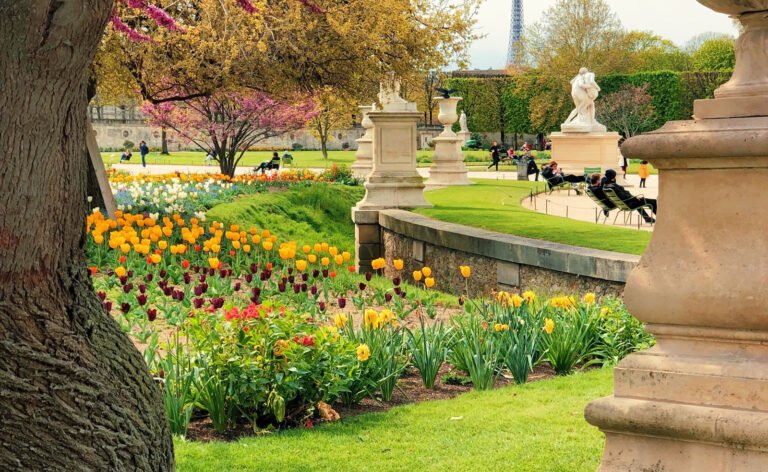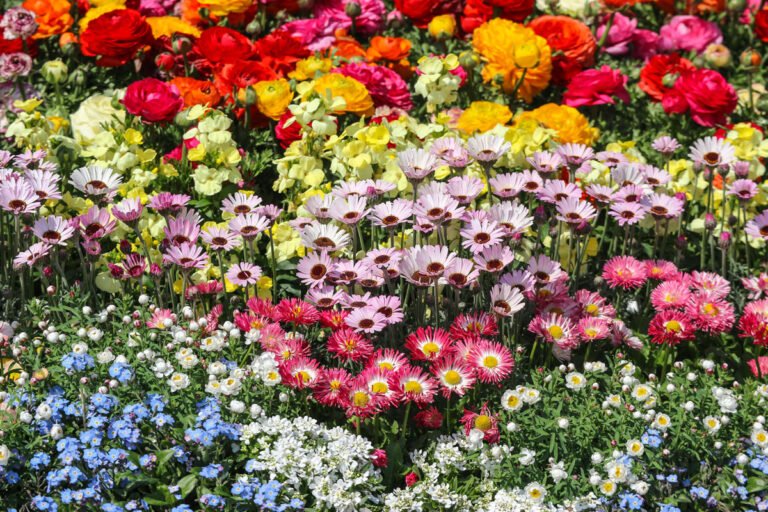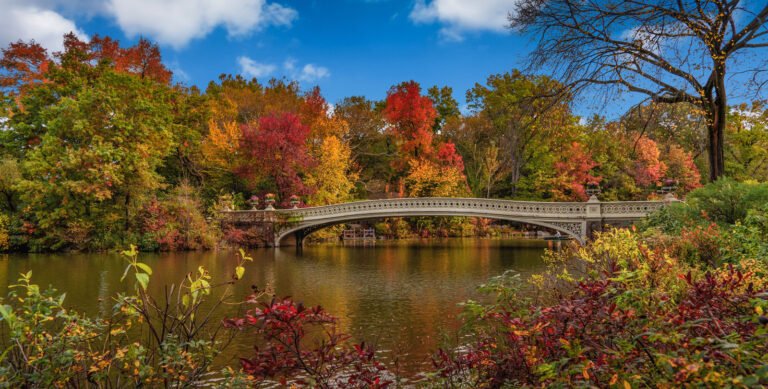In designing a garden, in addition to personal tastes, great importance must be given to the need to know exactly which species, herbaceous, shrubs or trees, will give us maximum satisfaction, that is, which will remain in our green space for many years.
Therefore, in addition to foresee their future development, checking, for example, what the expected growth could be for the next ten or twenty years, in terms of width of the foliage, height, development of the roots, we will need to know if our place, as exposure the cardinal points, such as altitude and our soil, will be able to host and to be the optimal place for our plants.
Help is given to us, as often happens, by nature, that is, by observing the distribution of different species in well-defined places: where some plants develop spontaneously it means that exactly in that place they find the ideal climate and soil.
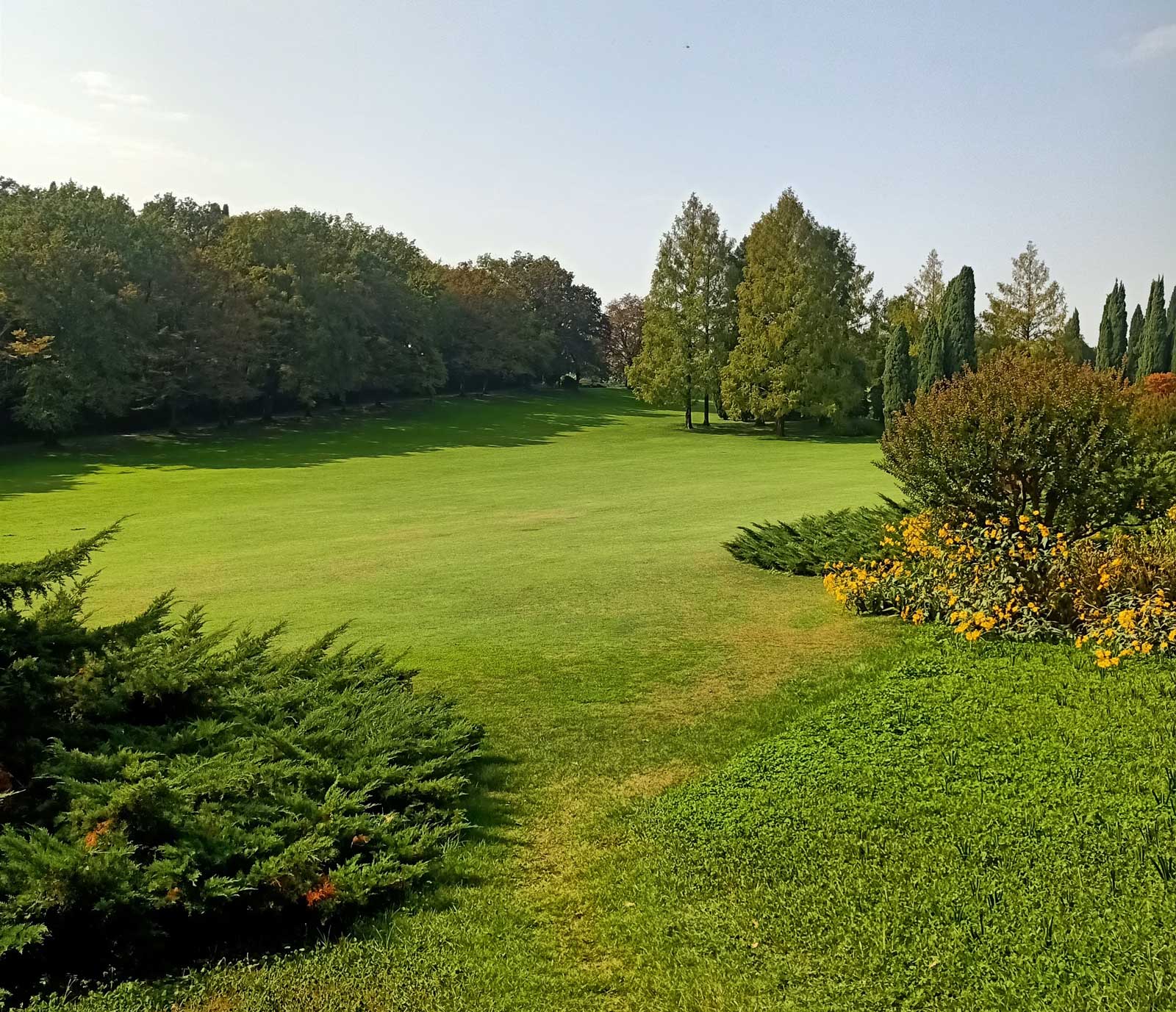
Another consideration is that, at least for the soil, we can do something to make it more suitable for the plant we have chosen: we can correct it, if the pH is not suitable, even with the use of suitable fertilizations, amend it, that means improve its structure. For the climate, apart from any possible shading system, or windbreaks or little else, we should certainly adapt and accept the conditions that the plant asks of us.
In short, we cannot force nature; we go towards it as long as possible, but some situations cannot be realized or, at least, we know that we will have to adapt from the beginning of our project to the fact that they will not last long, After a few years it will happen that we will have to realize what we perhaps already expected. In the articles dedicated to the different genera and species of ornamental plants, the main characteristics and needs regarding place and soil will be briefly described, in order to know what are the optimal situations in which our flower beds, bushes or trees can develop at their best.
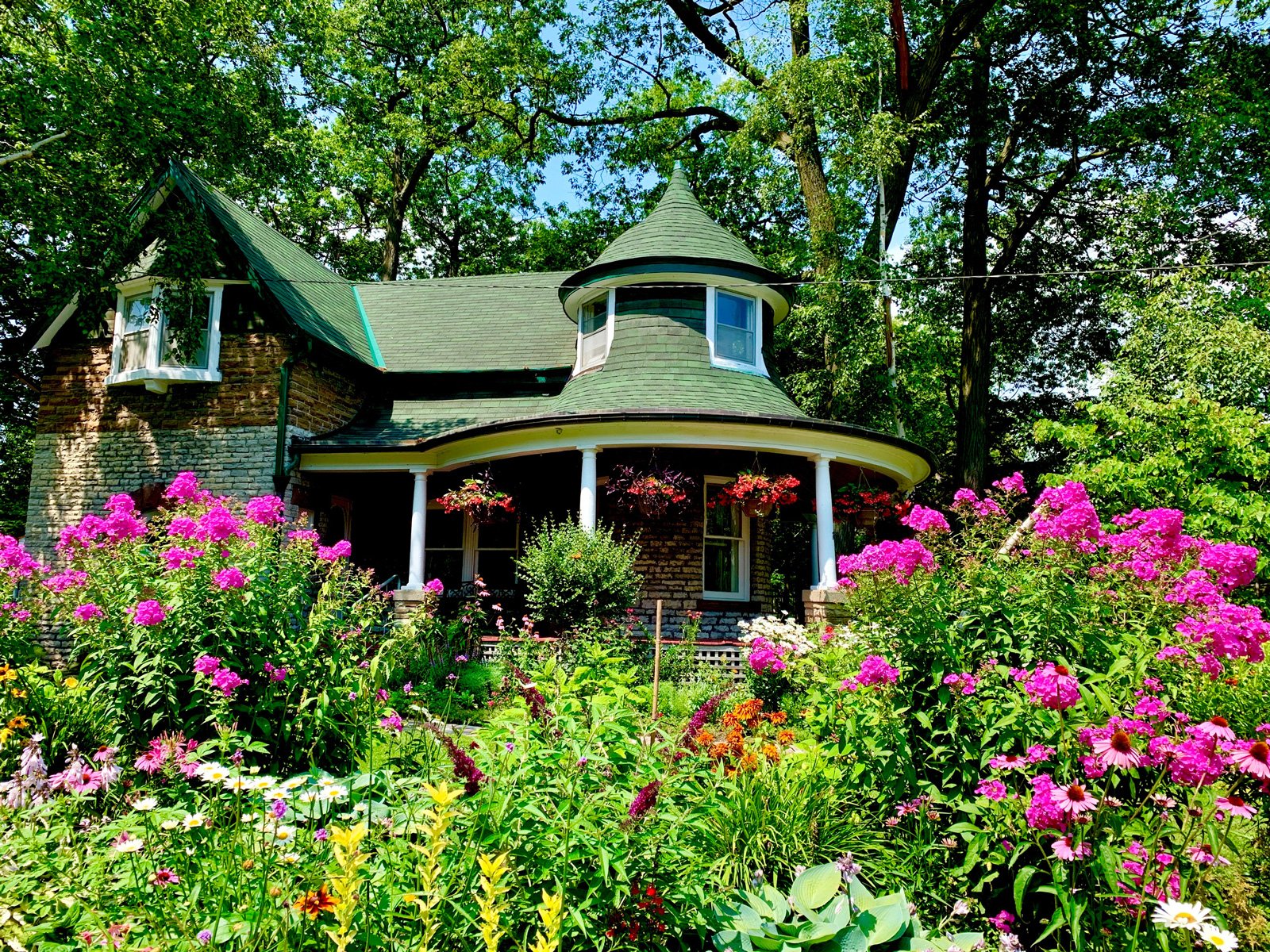
For some years now, a new factor has been added which determines and will increasingly define individual choices in the project context: climate change. The modifications of some environmental factors are causing and will cause changes in the distribution of both native plants (= which grow naturally and spontaneously in the region in which they are found) and so-called “naturalized” plants (= plants which come from a region other than the one in where we find them, but which were introduced previously, are adapted, and are able not only to survive, but also to reproduce).

